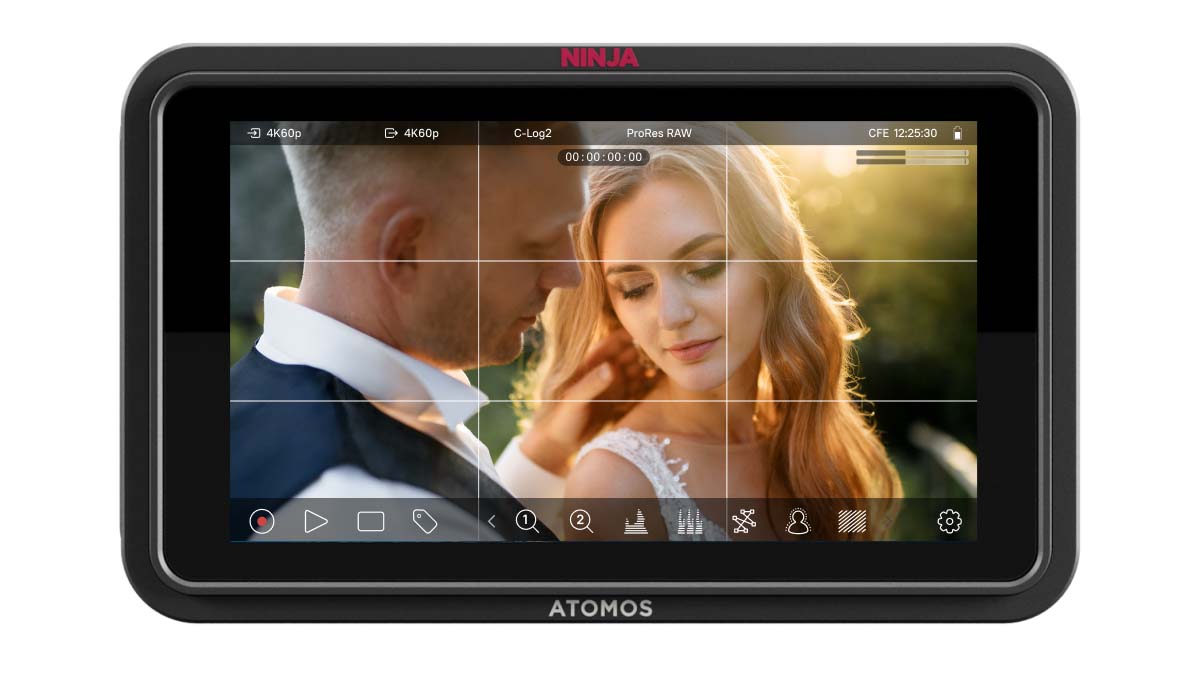OTA viewing continues decline says CEA
The Consumer Electronics Association (CEA) reported this week that a mere seven percent of American TV households rely solely on an antenna for their television programming. The findings are part of the organization’s new study, U.S. Household Television Usage Update. In addition, CEA claims this echoes a gradual decline in the percentage of TV households using antennas since 2005. The phone survey of 1,009 U.S. adults is comparable to a 2012 Nielsen study which indicated that nine percent of all U.S. TV households rely on antenna-only TV, a decrease from 16 percent in 2003.
Said Gary Shapiro the organization’s CEO, “The vast majority of Americans no longer rely on over-the-air TV signals…Consumers have moved away in droves from traditional broadcast television thanks to a surge in programming alternatives available through wired and wireless broadband connections. This is why Congress had it right when they authorized the FCC to hold voluntary broadcast spectrum incentive auctions to reallocate broadcast television spectrum to greater uses, like wireless broadband. This study provides yet another reason why it is time for broadcast spectrum to be reallocated, and quickly.”
CEA’s study also shows that 83 percent of TV households receive TV programming through traditional pay-TV services. However, there has been a decline of five percentage points in the number of homes using those services over the last three years. The proliferation of laptops, desktops, tablets are making it easier for viewers to cut the cord.
According to The 15th Annual Household CE Ownership and Market Potential Study, these mobile connected devices are seeing the fastest increase in U.S. household penetration rates. Increasing household ownership of Internet connected televisions and other devices which facilitate connection to the Internet opens up new possibilities for viewing television programming on a traditional TV set.
The study claims that 28 percent of U.S. TV households receive programming on their TVs through the Internet. In fact, four percent of TV households report using the Internet exclusively as their source of television programming for their TVs.
The professional video industry's #1 source for news, trends and product and tech information. Sign up below.
